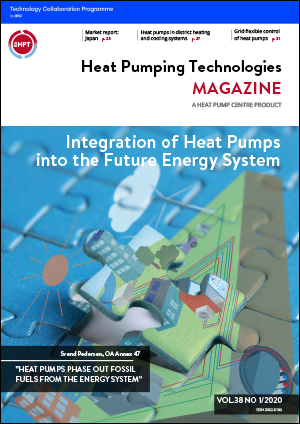|
|
 |
 |
The actual and potential global effects of the Corona virus are massive. For HPT, the most significant effect so far is postponing of the 13th IEA heat pump conference. When this is being written, several countries have closed their borders and are also taking other measures to reduce contamination and the numbers of severely ill people. We agree with Fatih Birol, Excecutive Director of IEA, who urges "that governments can use the current situation to step up their climate ambitions and launch sustainable stimulus packages focused on clean energy technologies. The coronavirus crisis is already doing significant damage around the world. Rather than compounding the tragedy by allowing it to hinder clean energy transitions, we need to seize the opportunity to help accelerate them".
We already know that the energy system of tomorrow cannot look like the one of yesterday. In the future, fossil fuels must be replaced by renewable energy sources, due to environmental impact and resource depletion. Such distributed and intermittent production could, of course, be problematic. But this issue of HPT Magazine, with the topic “Integration of heat pumps into the future energy system”, shows that solutions are within reach
Below is a list of articles included in the Magazine. The articles in bold can also be found further down, in versions shortened by the HPC.
- Foreword: Integration of Heat Pumps
into the Future Energy System, by Svend Pedersen - Column: Heat Pump R&D for Appliance Applications, by Kashif Nawaz, Kyle R Gluesenkamp, Viral K Patel
- News in focus: In Memory of Gerald Groff, 1934-2019
- Heat Pumping Technologies News
- Ongoing Annexes in HPT TCP
- Market Report: Japan
- Topical Article: Annex 47: Heat Pumps in District Heating and Cooling Systems, by Svend Pedersen
- Topical Article: Grid Flexible Control of Heat Pumps,
by Markus Lindahl
Read the full HPT Magazine here.
Don't forget to visit our website for news, the latest updates and more information. |
|
|
|
|
|
|
|